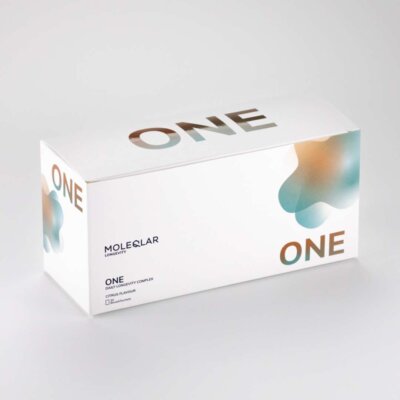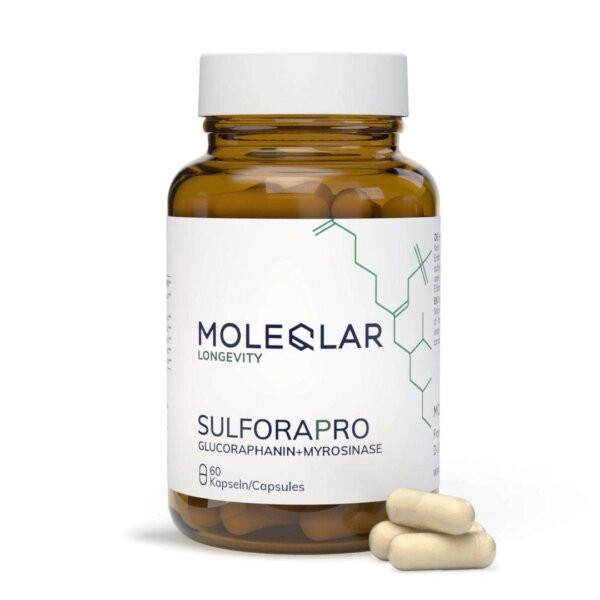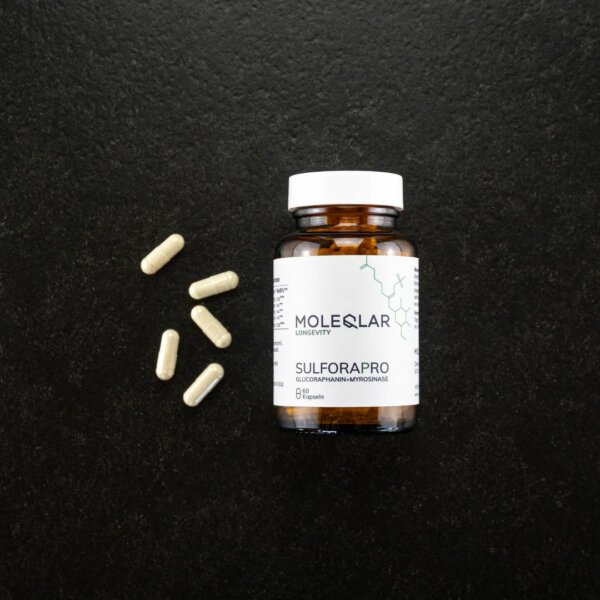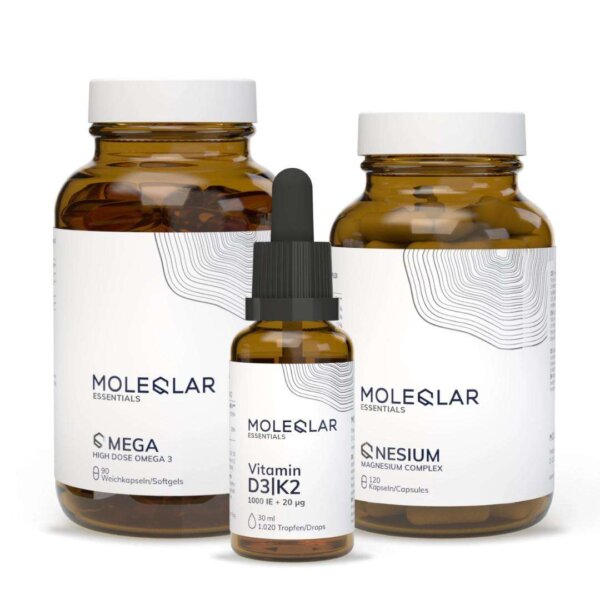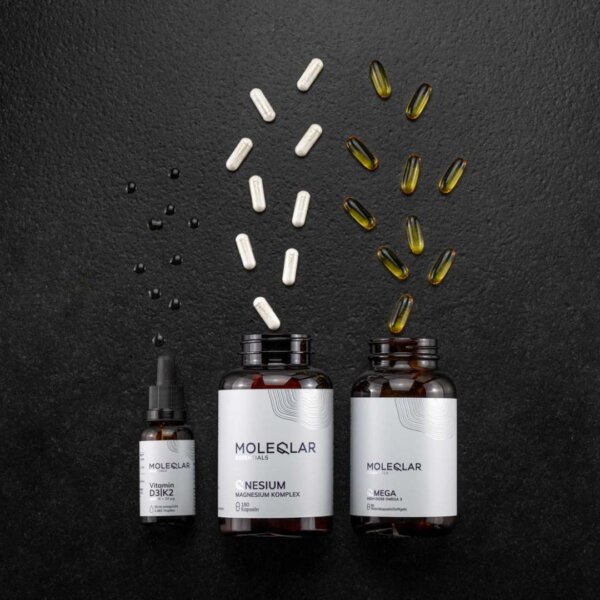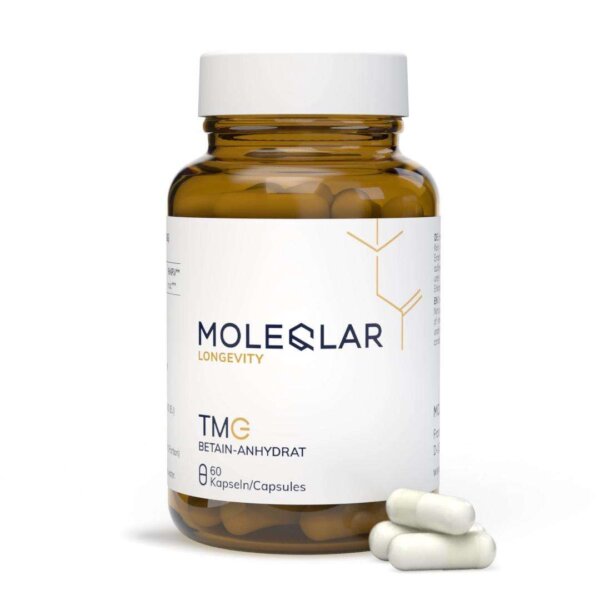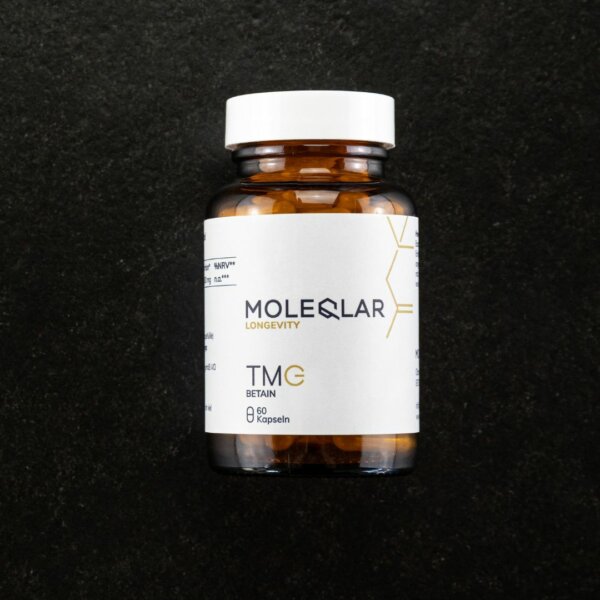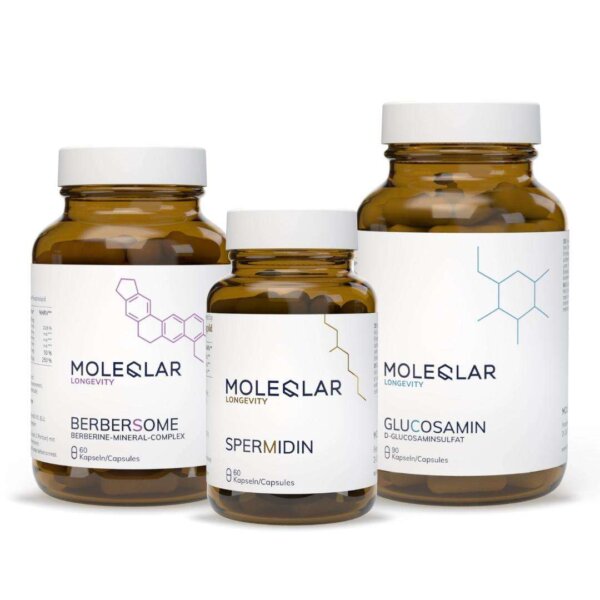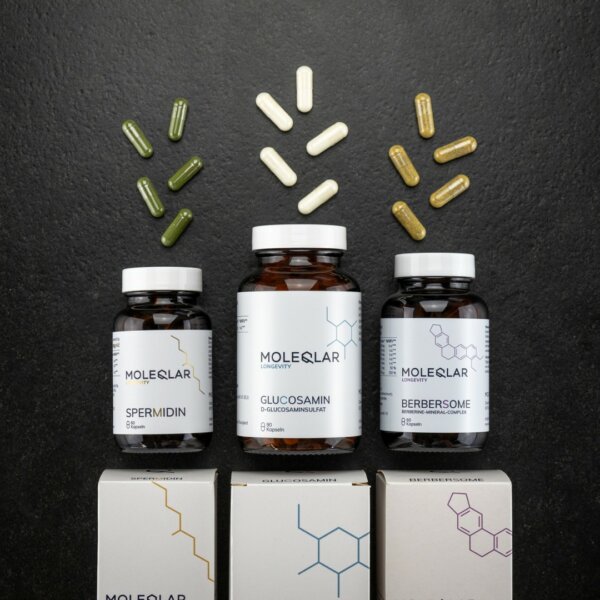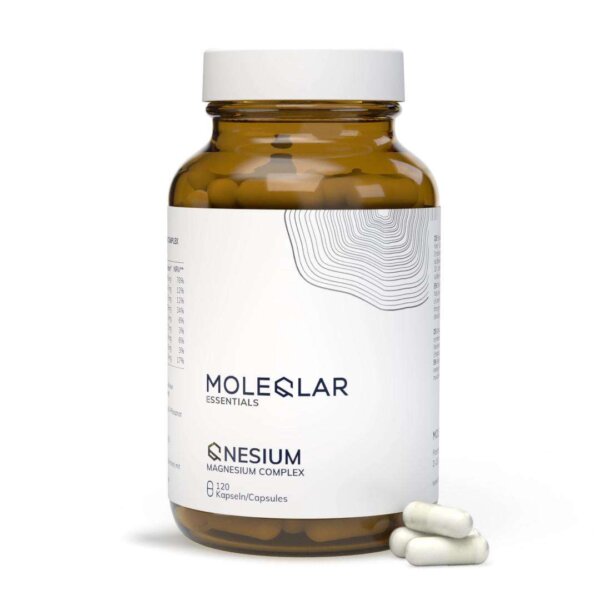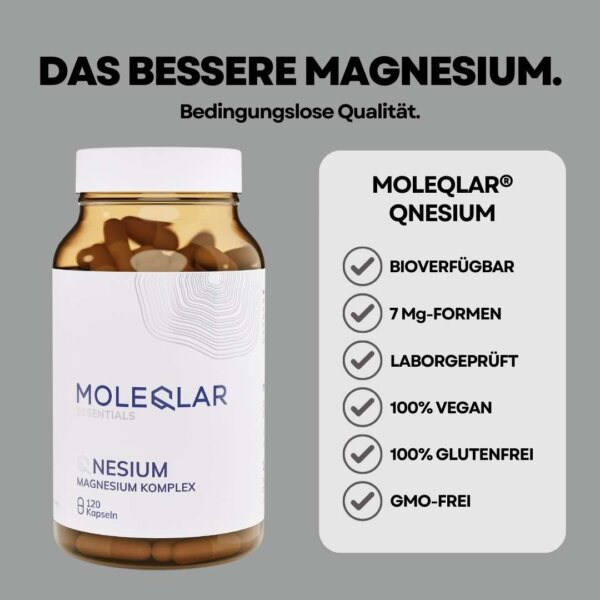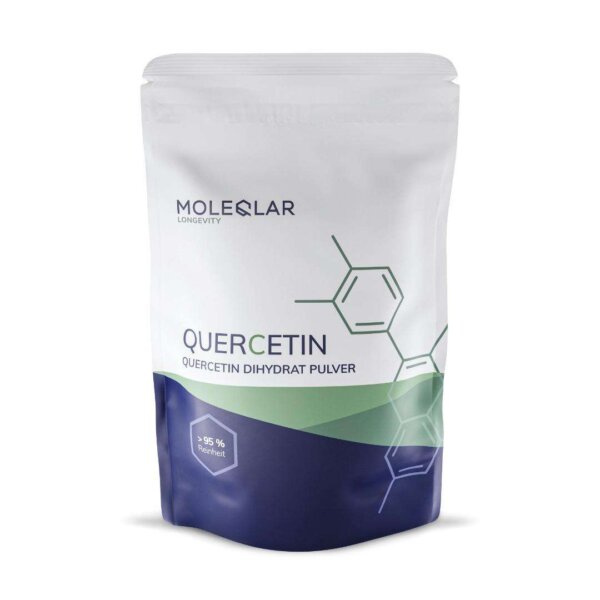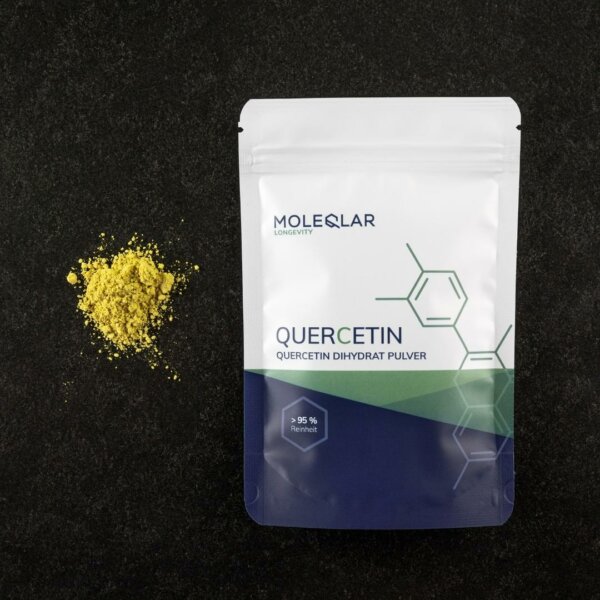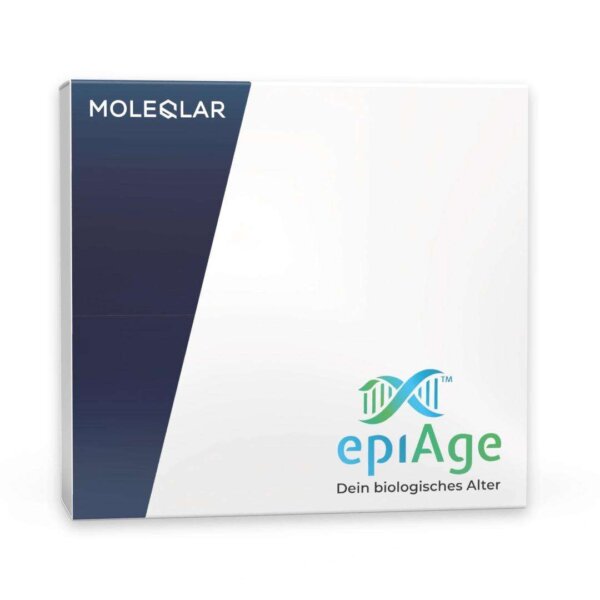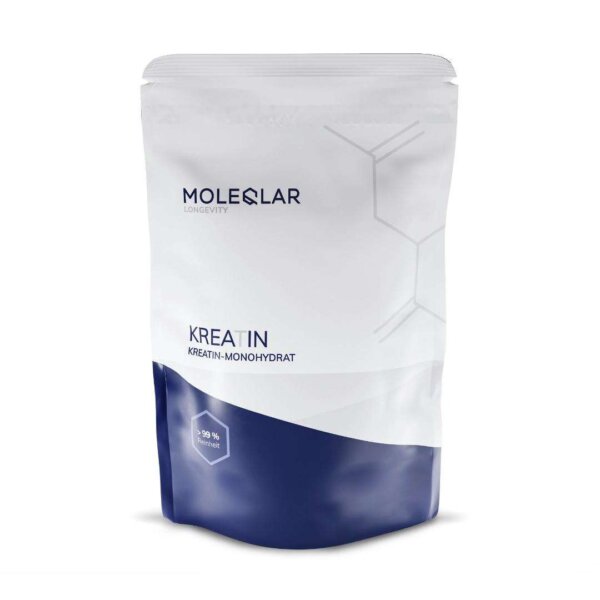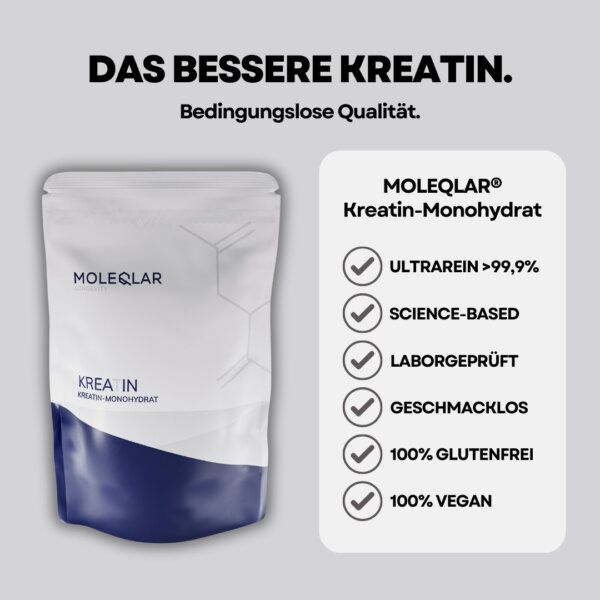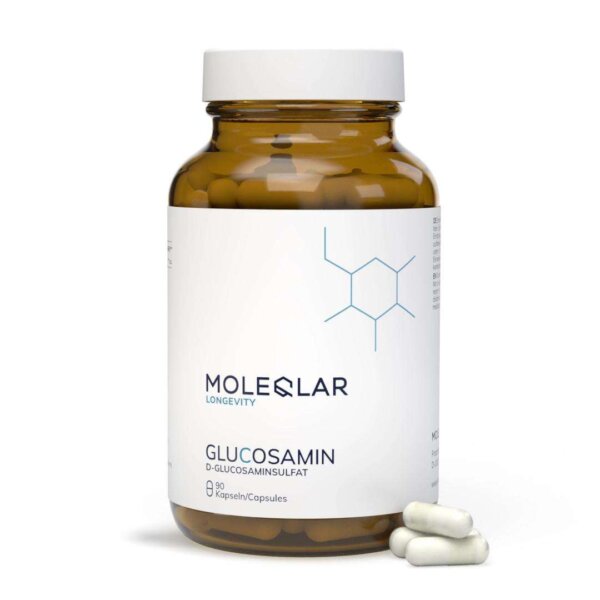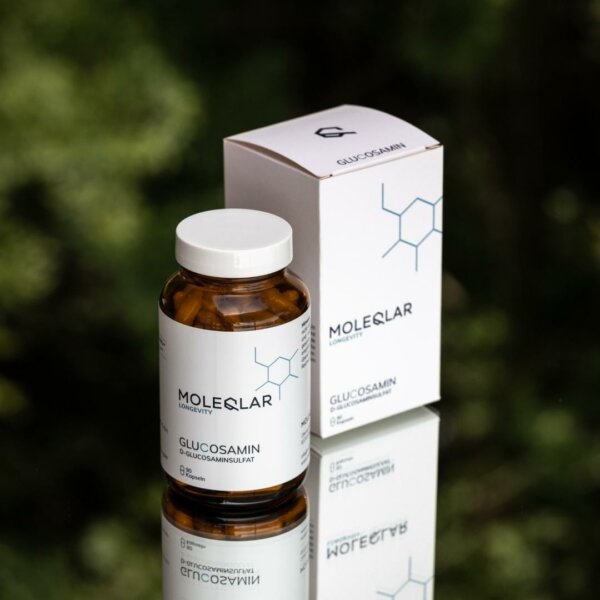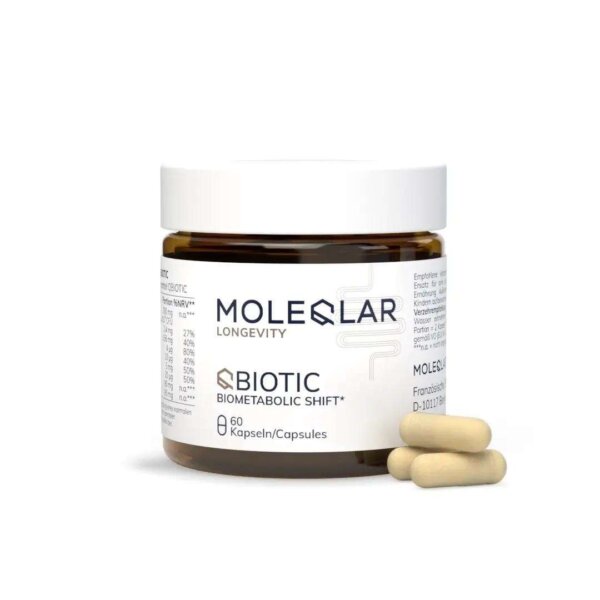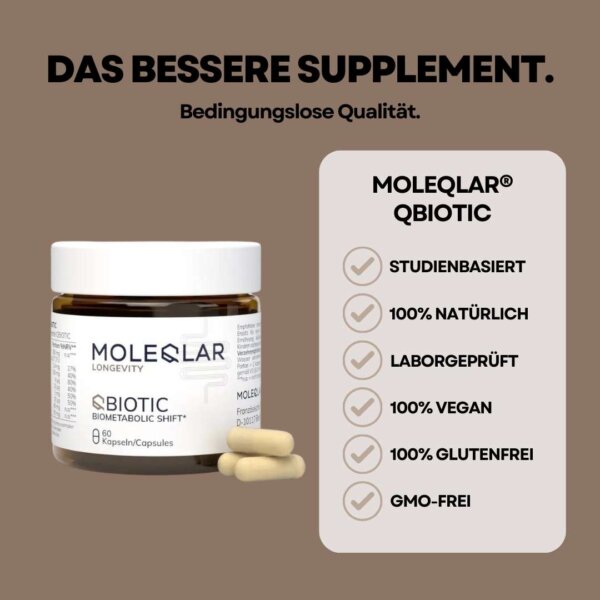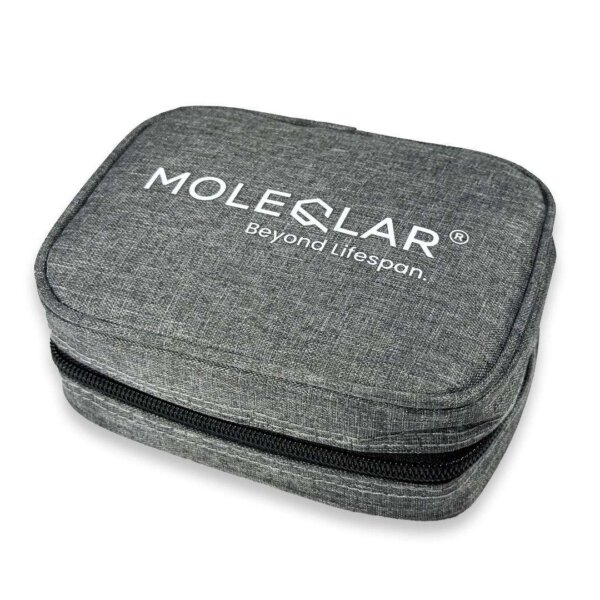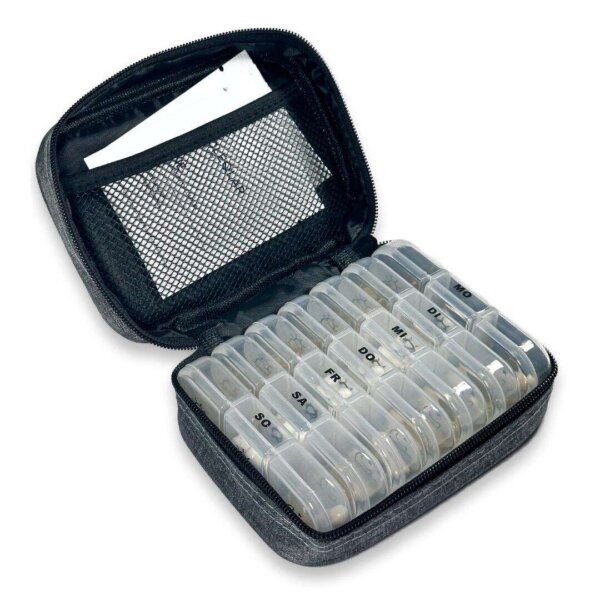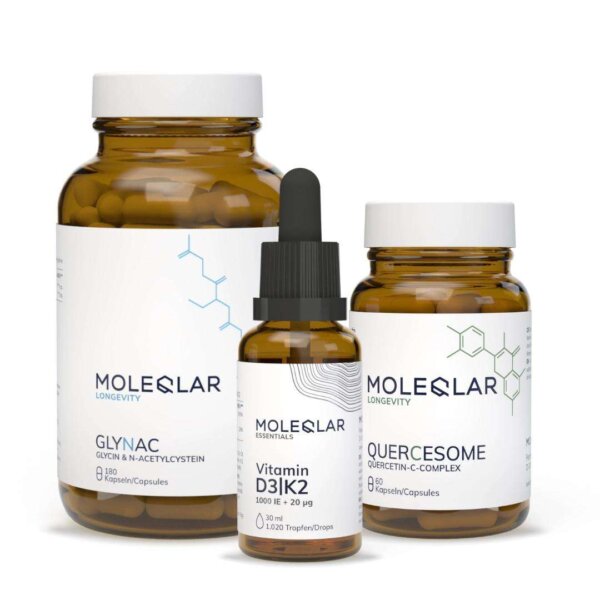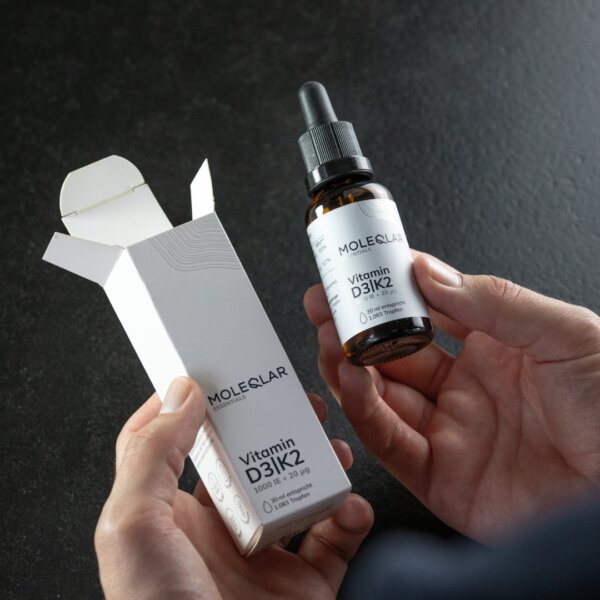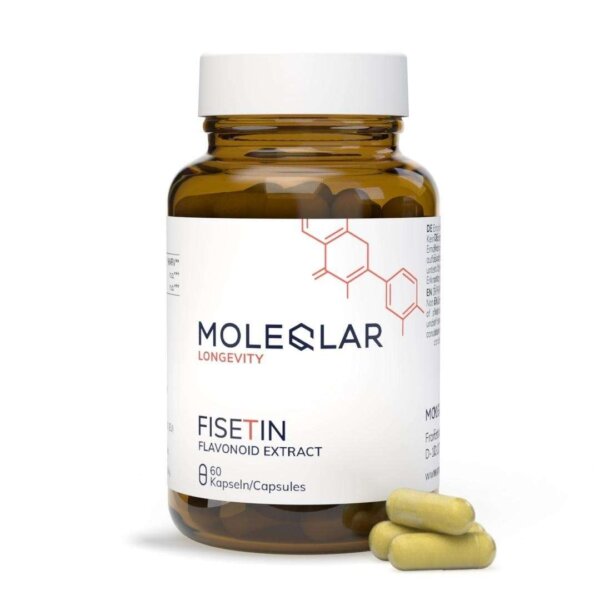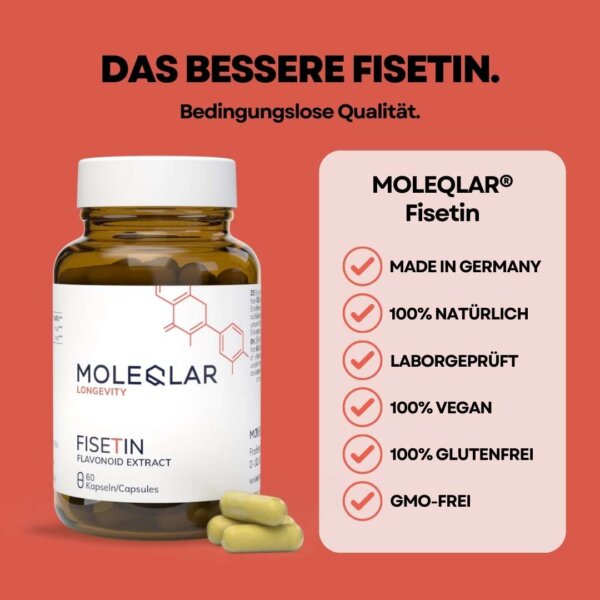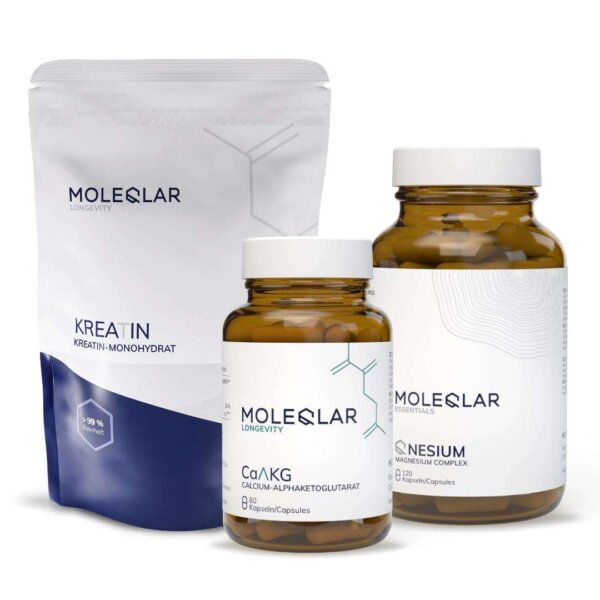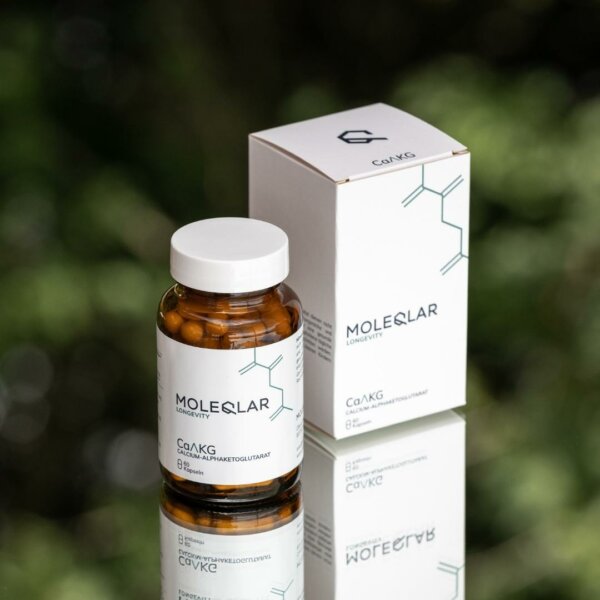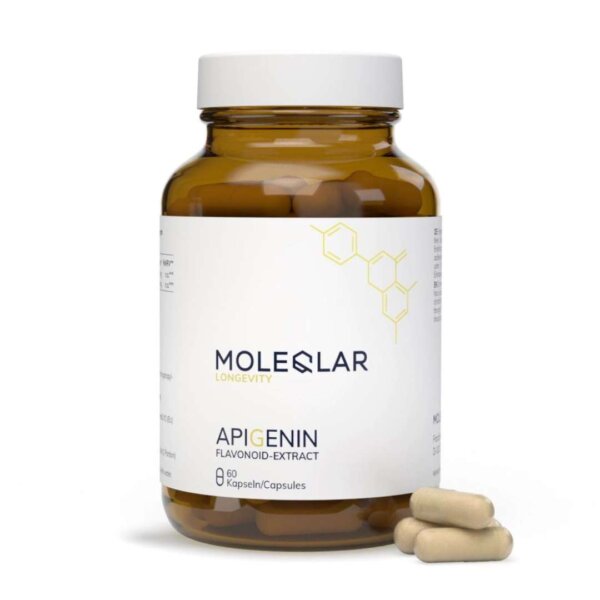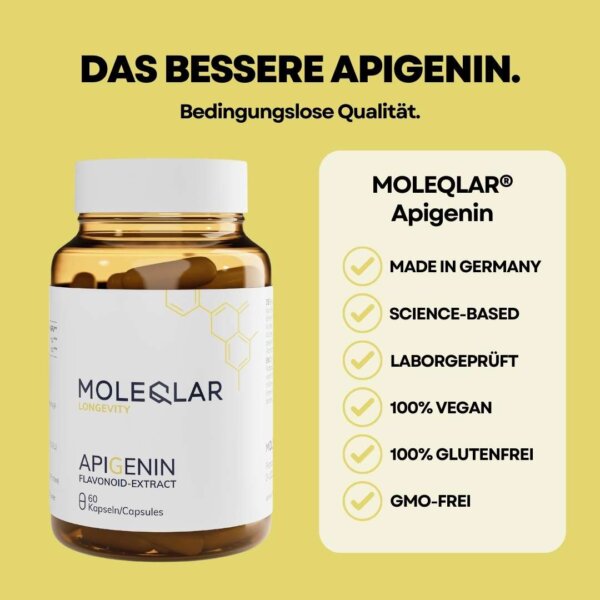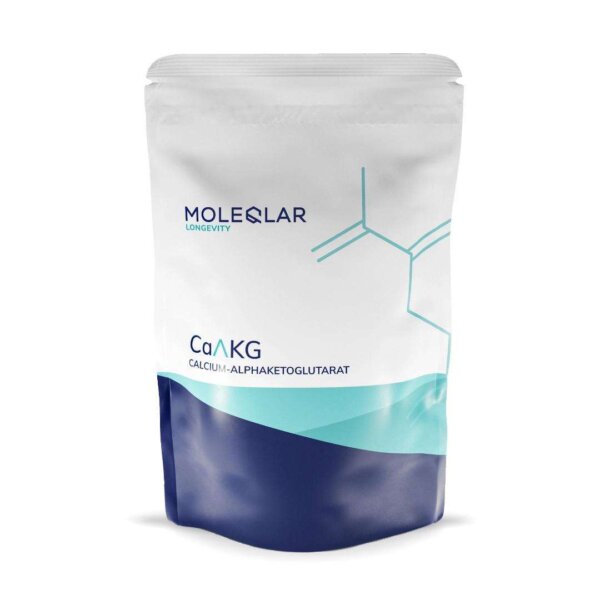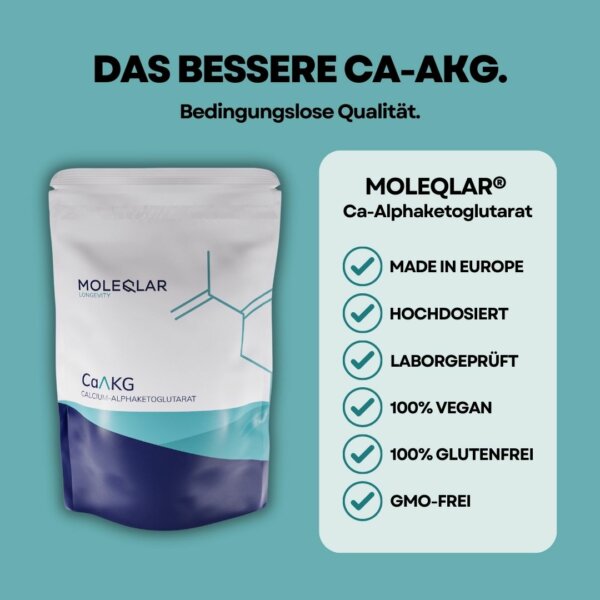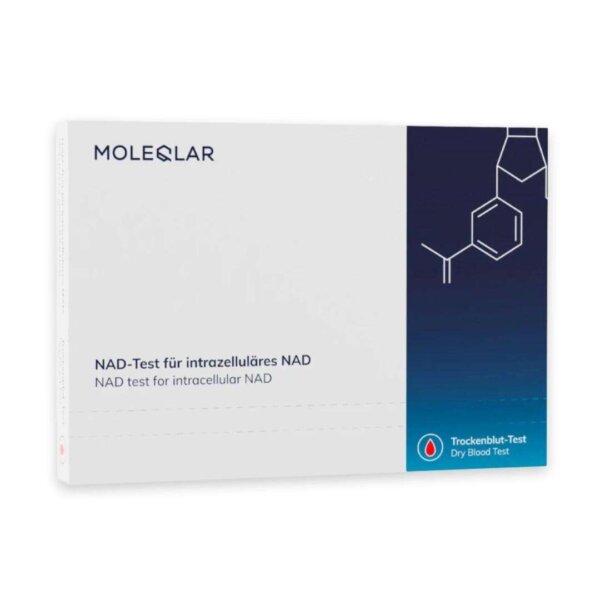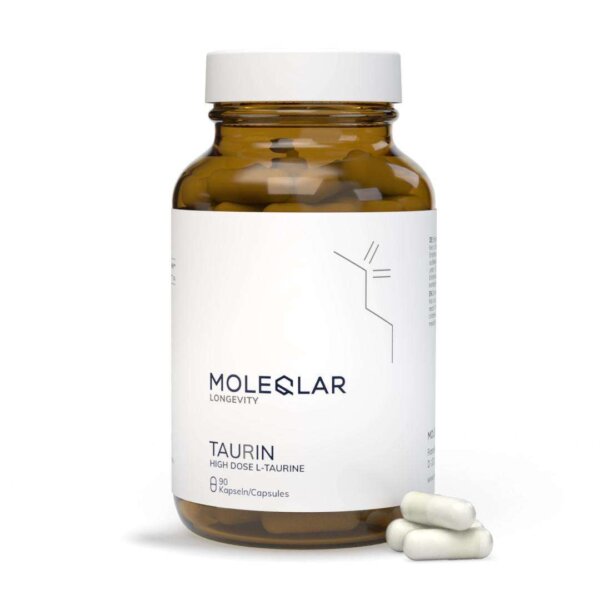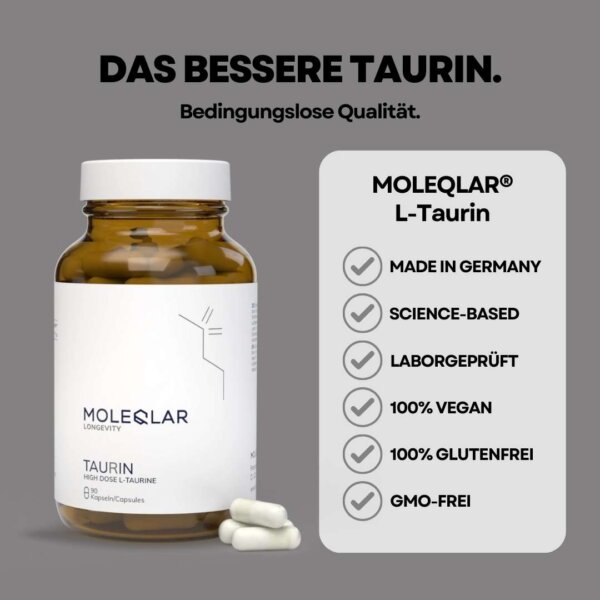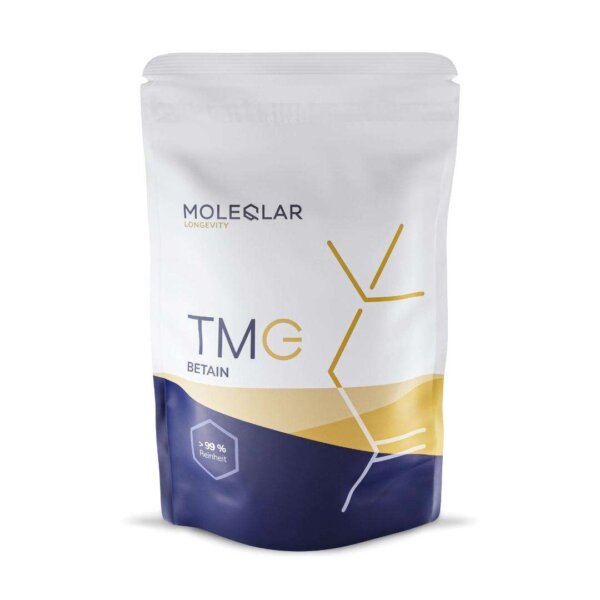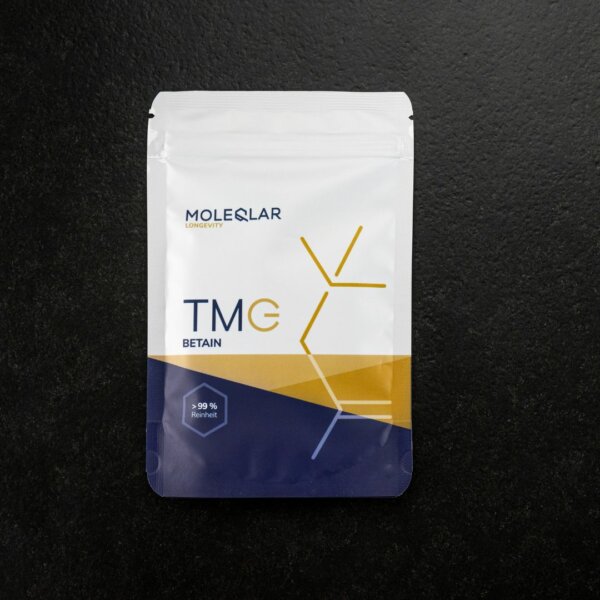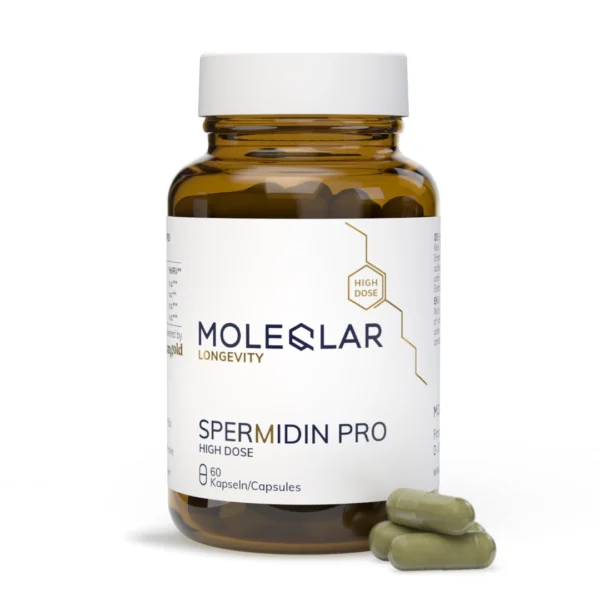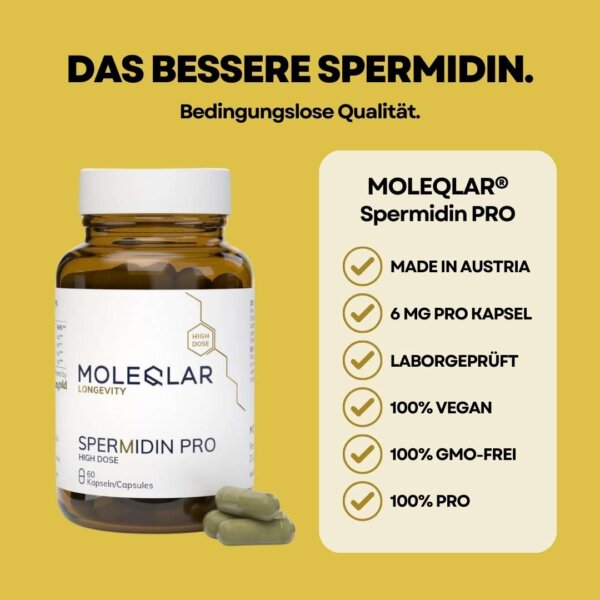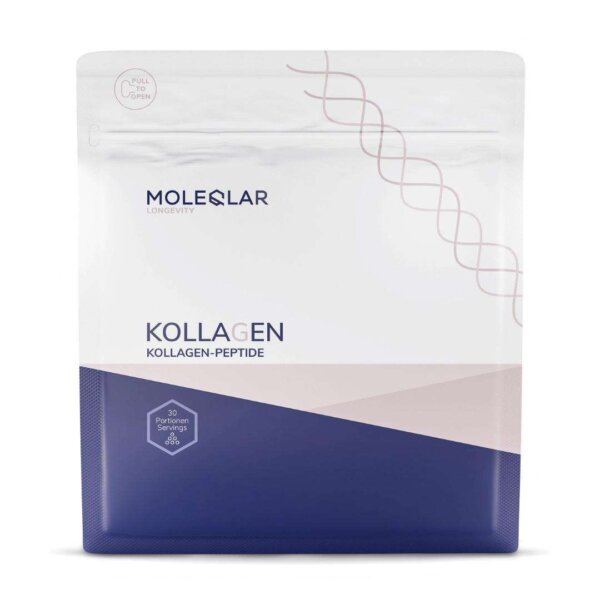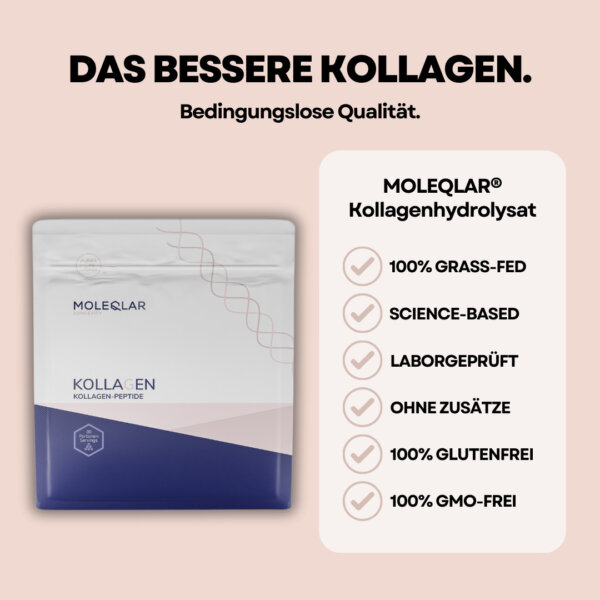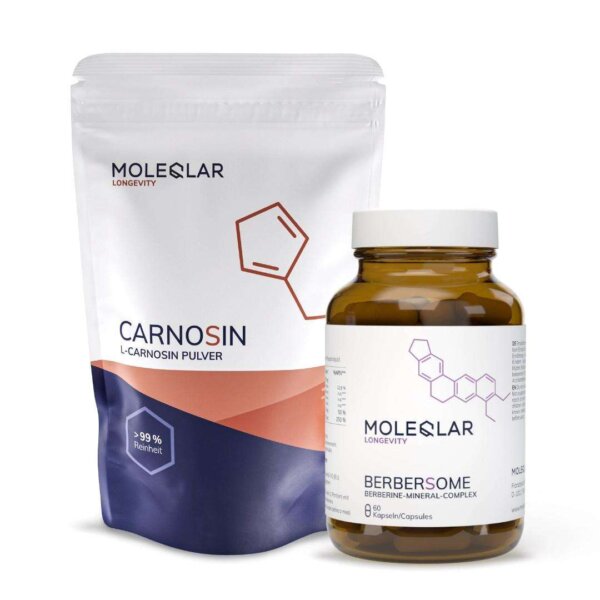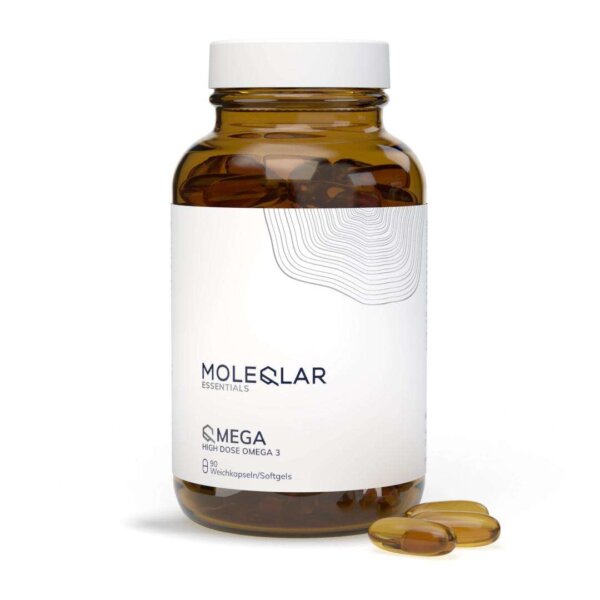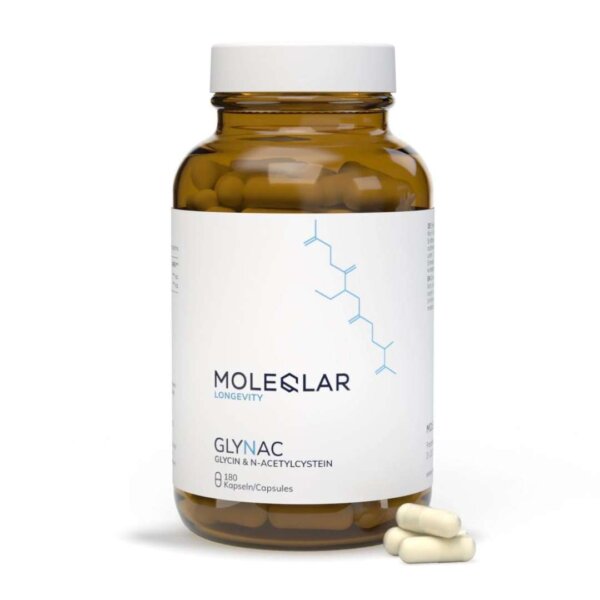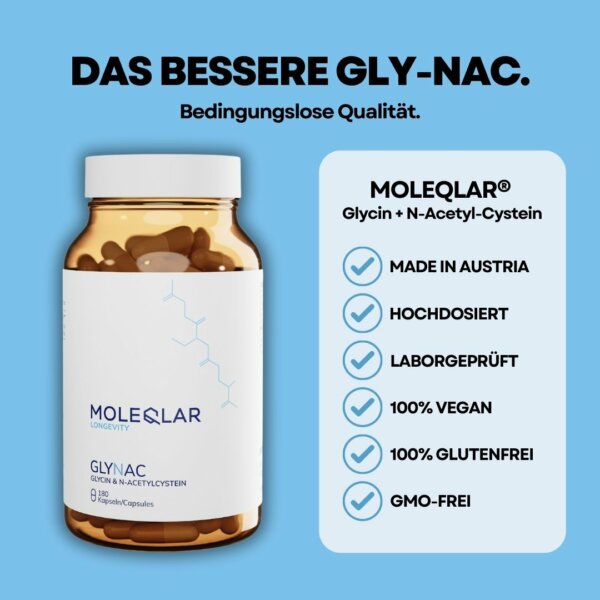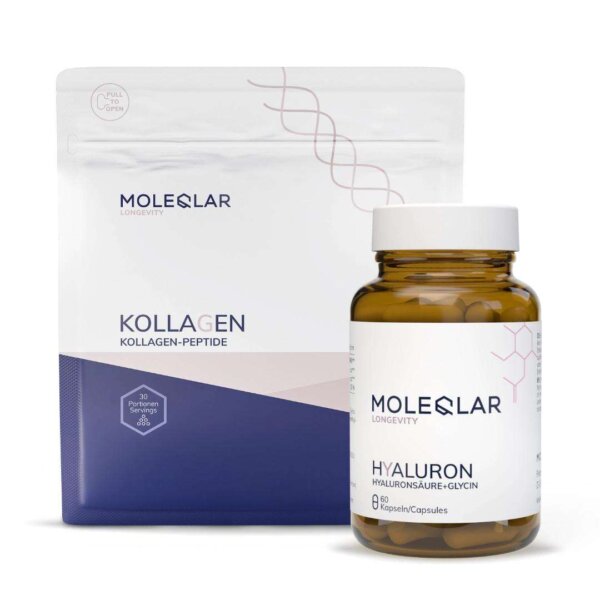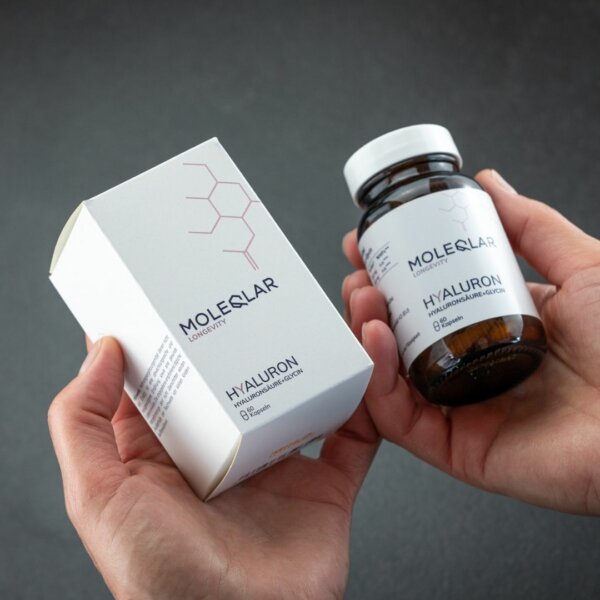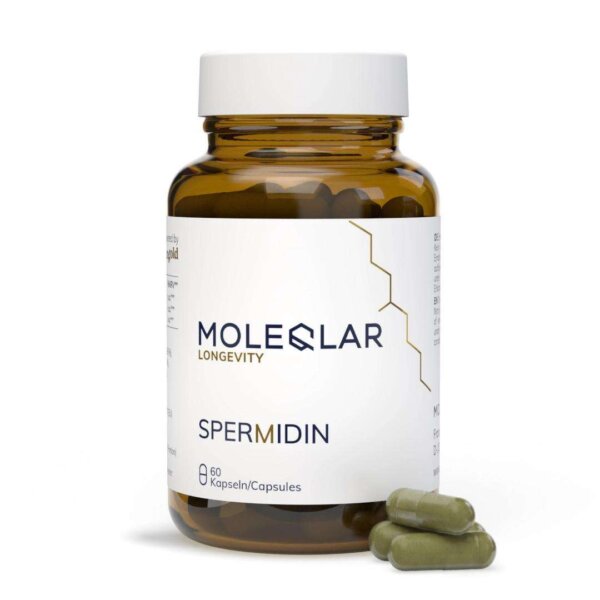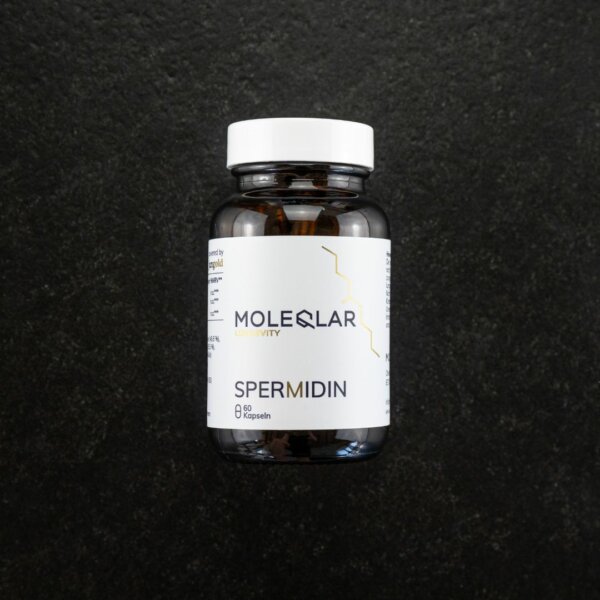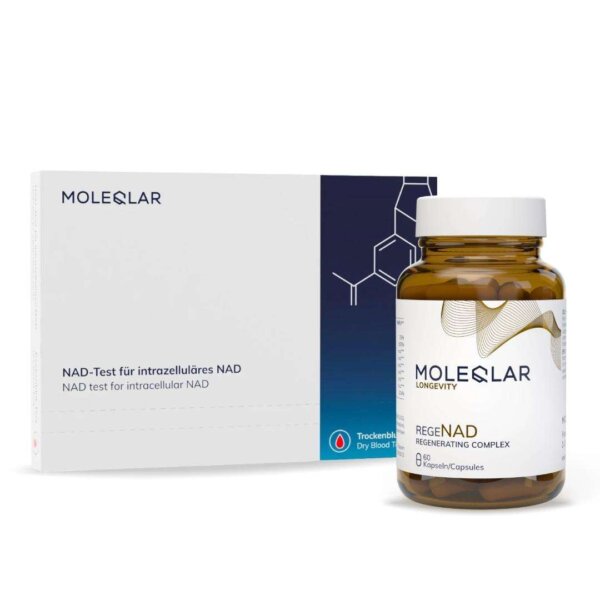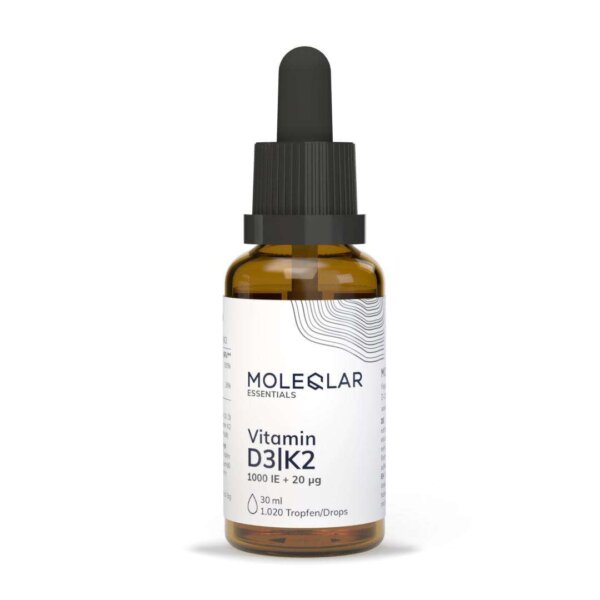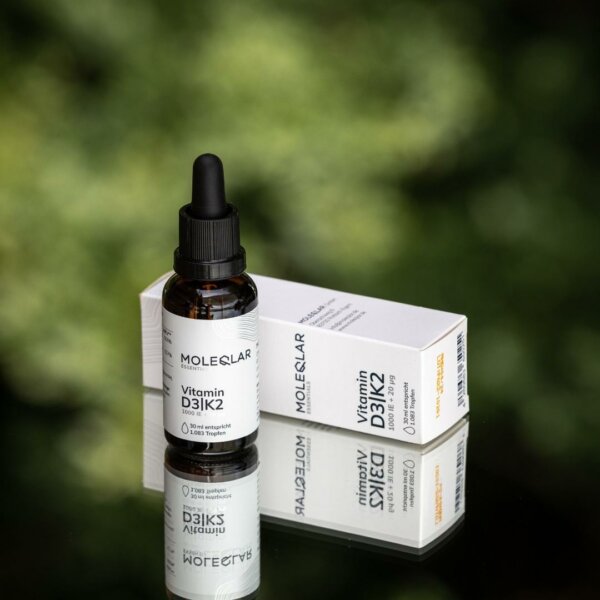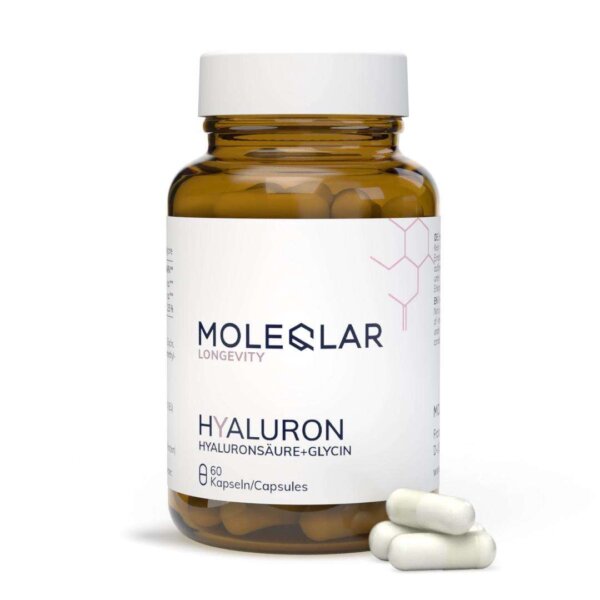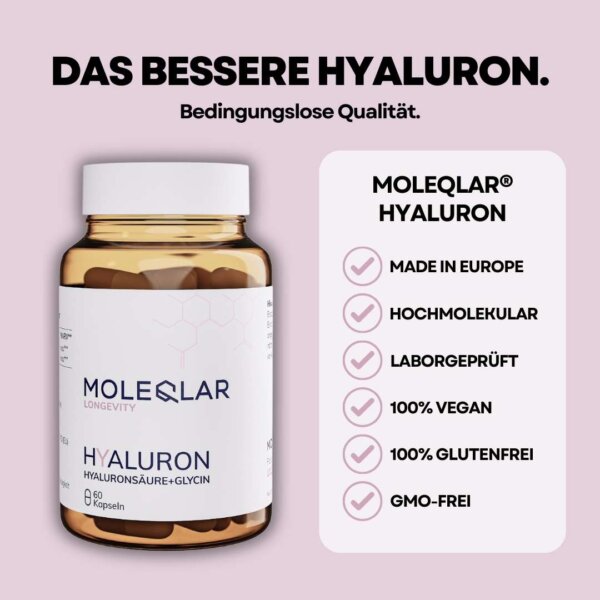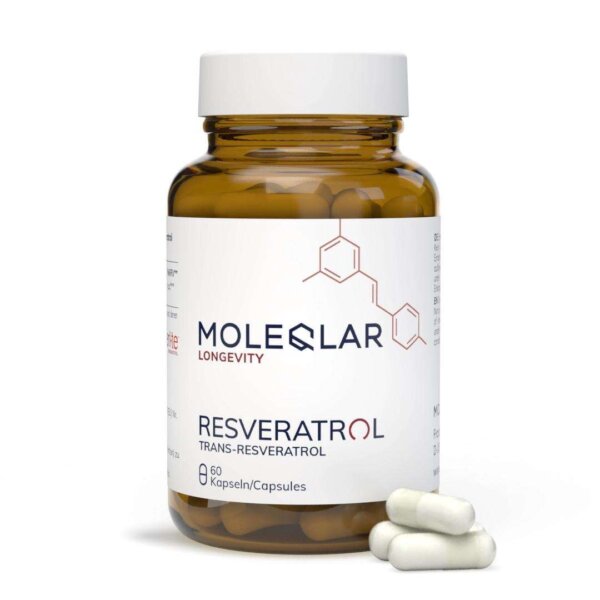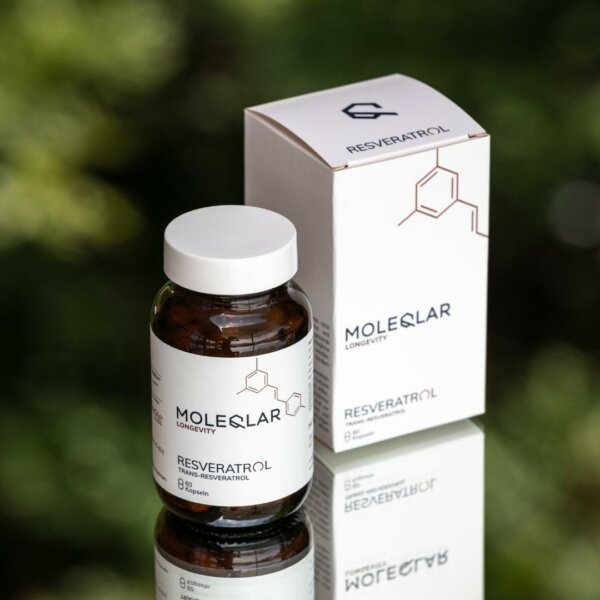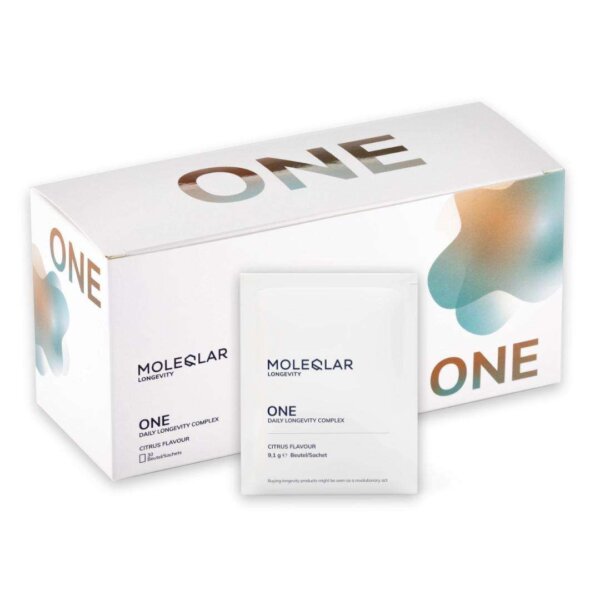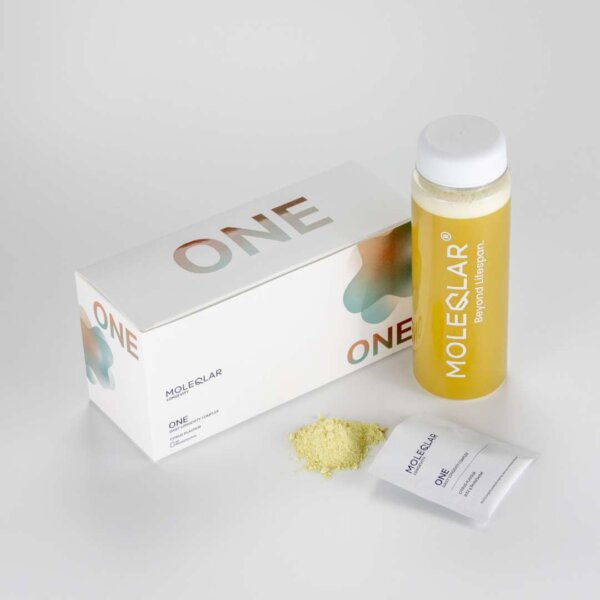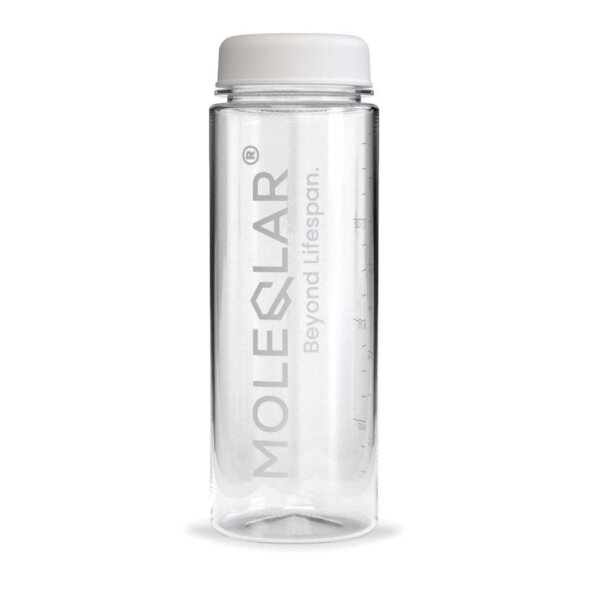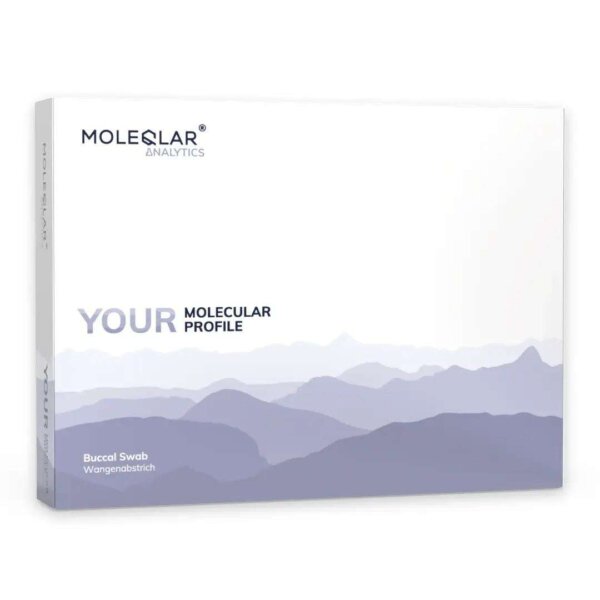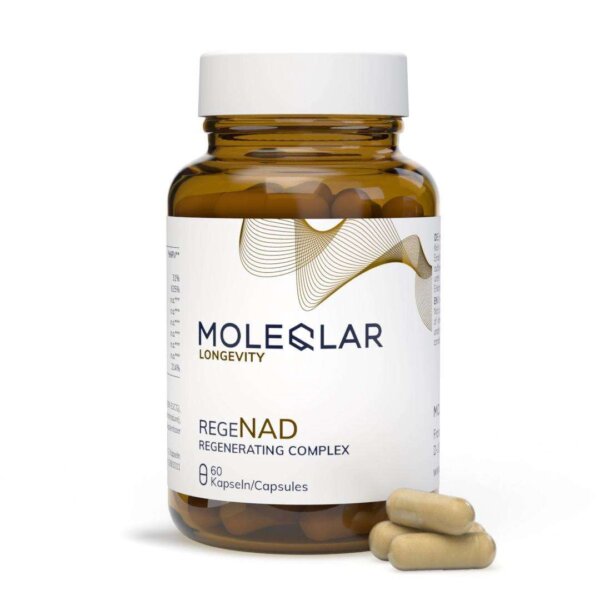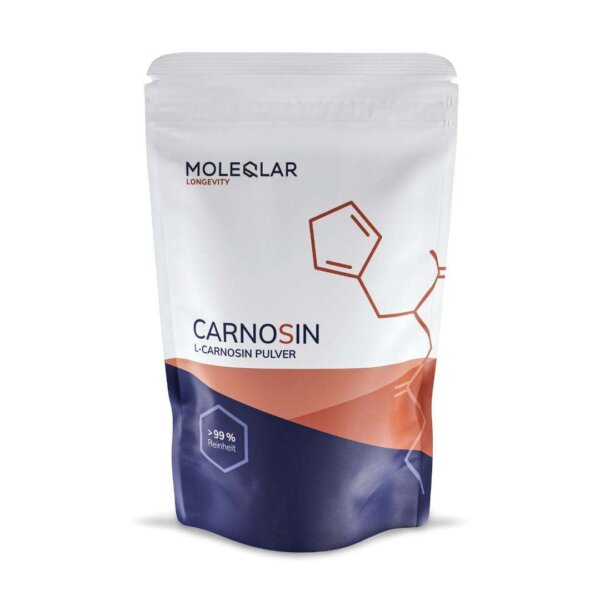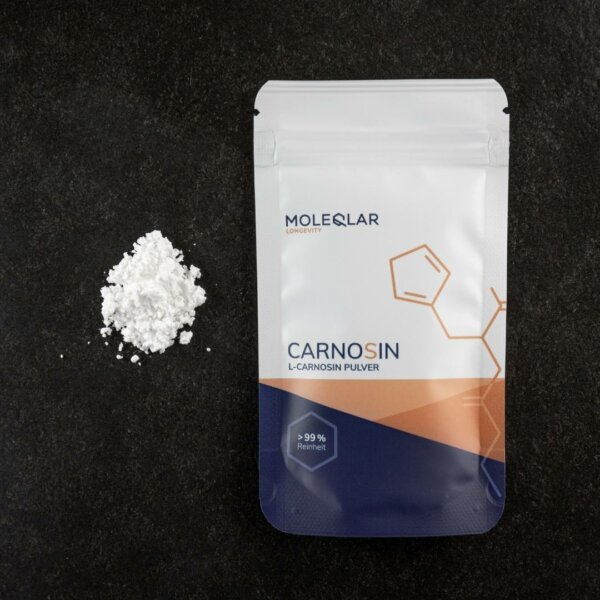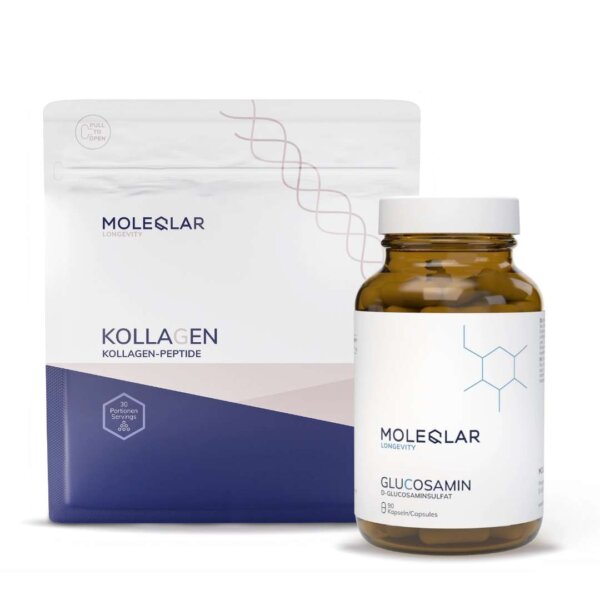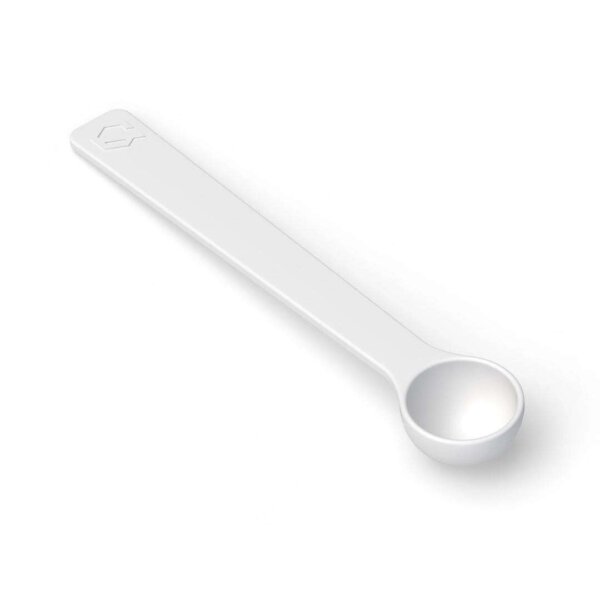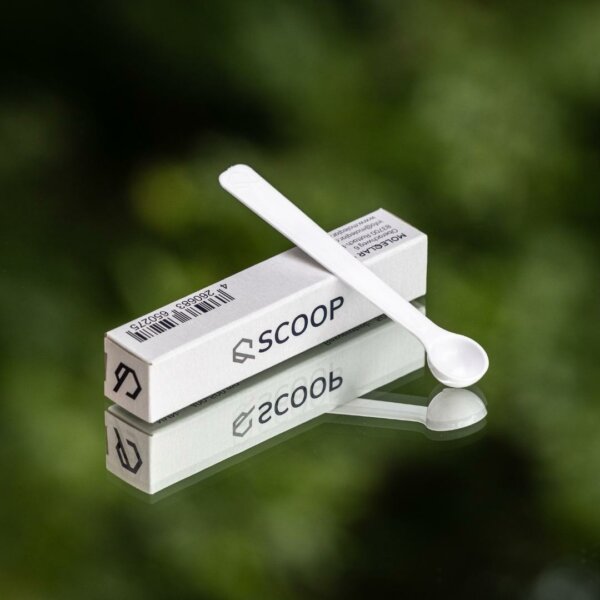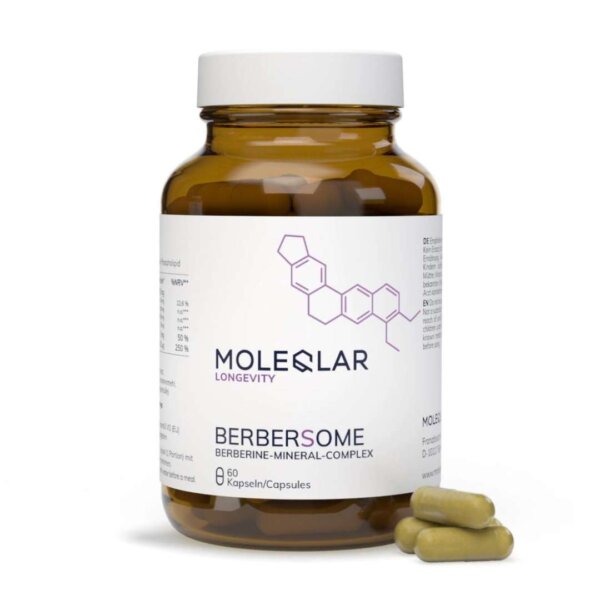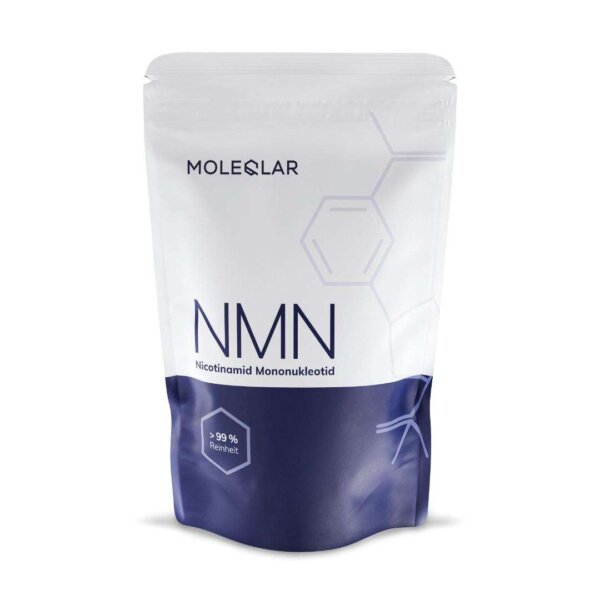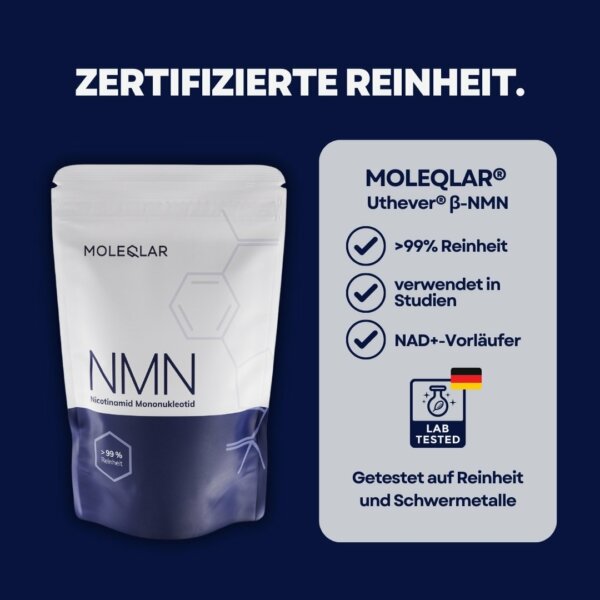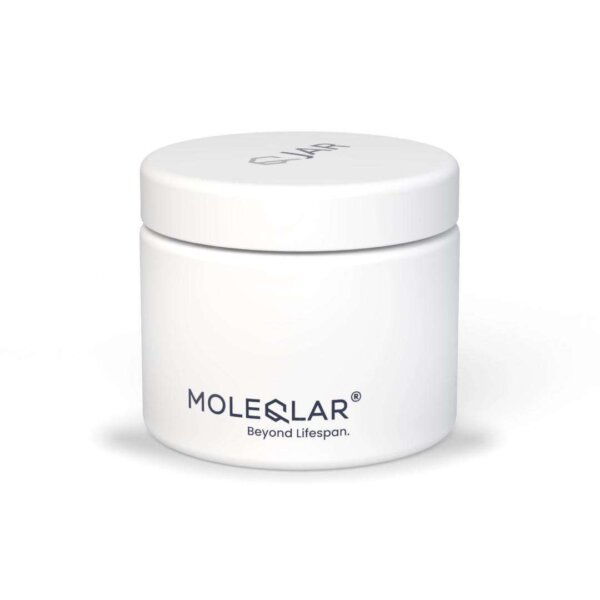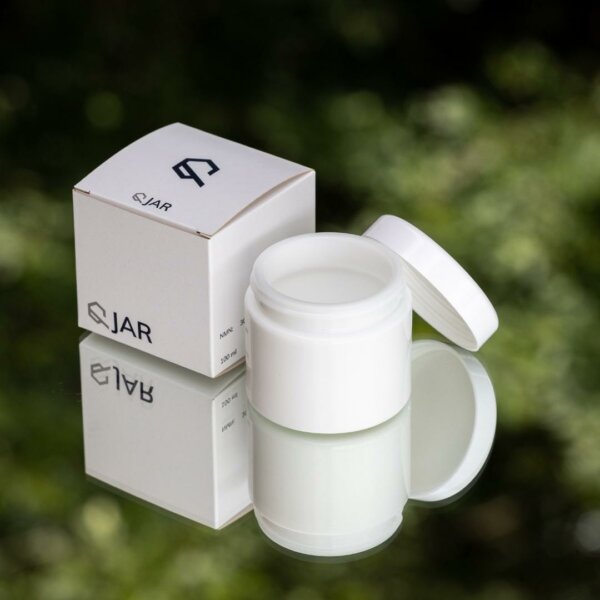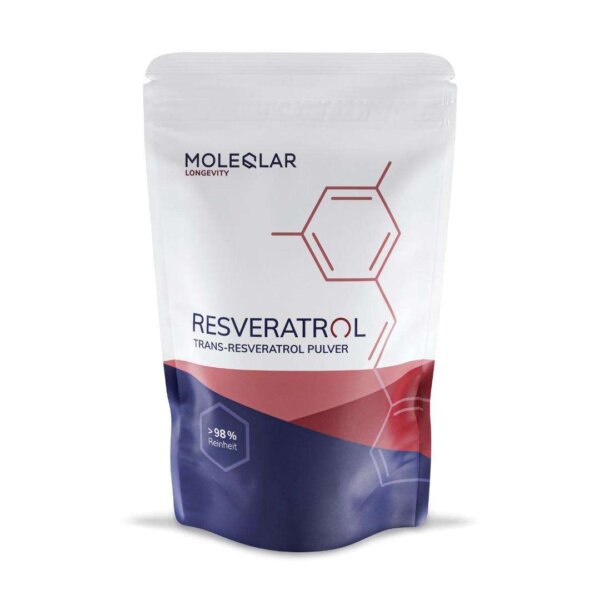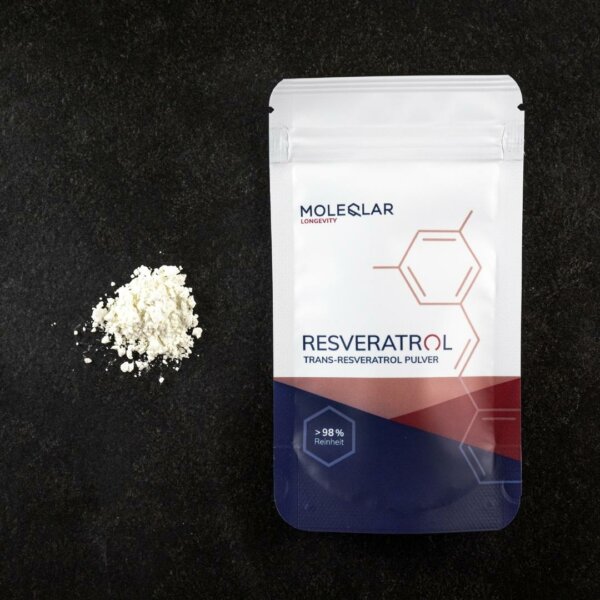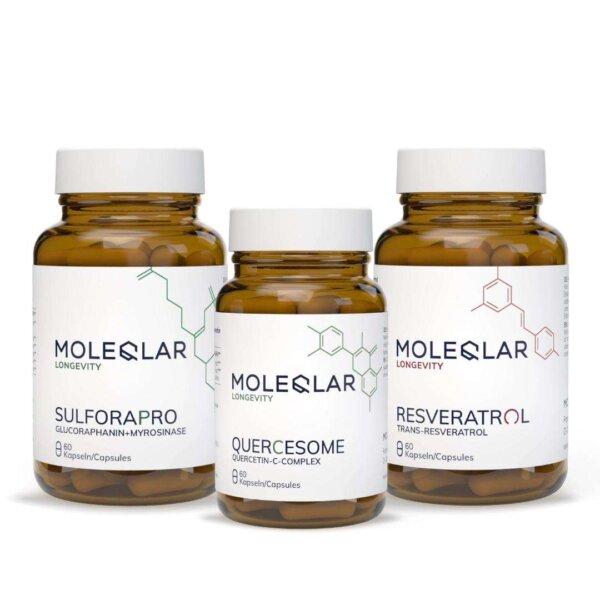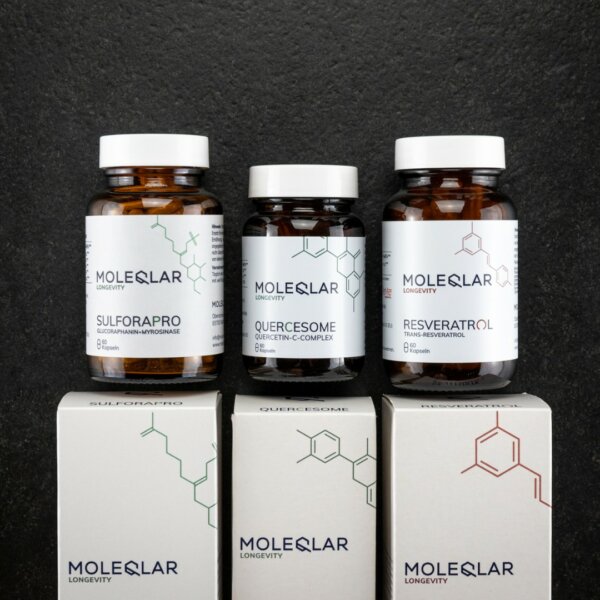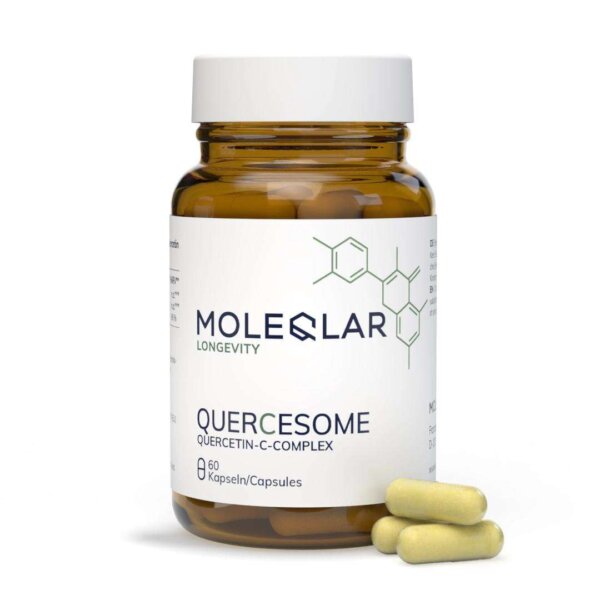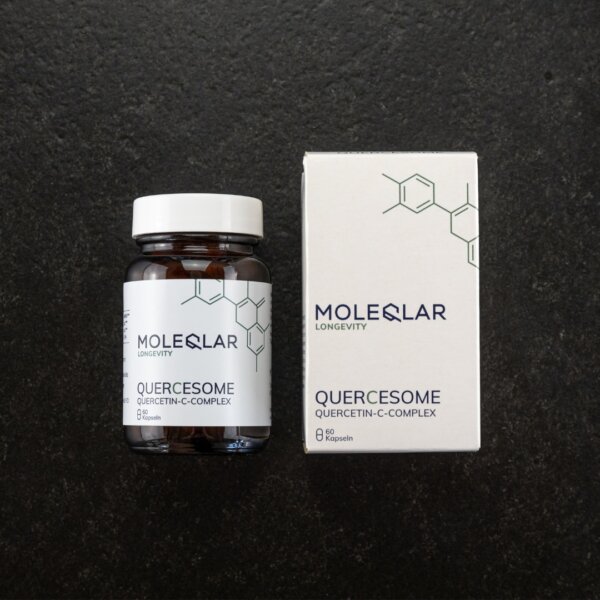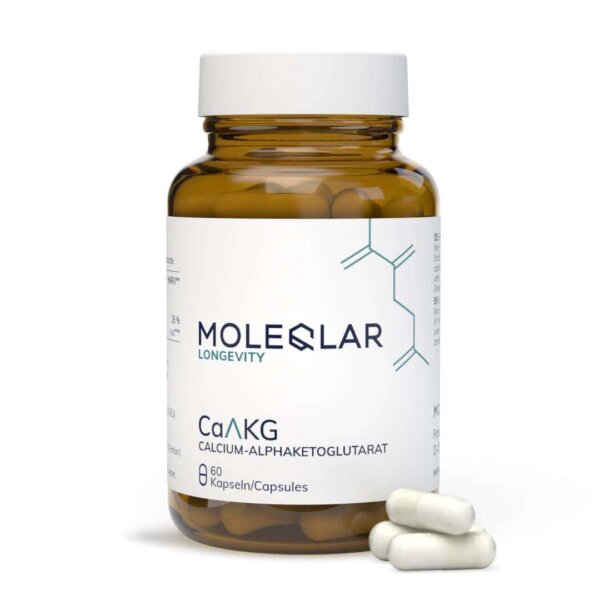Despite a varied and plant-based diet, it can be useful to pay attention to the right supply of fats. In this article you will learn which fats are good for you and which you should rather avoid in high quantities.
What are fats anyway?
Along with proteins and carbohydrates, fats are among the so-called macronutrients. The trio is used in large quantities in our metabolism for energy production and other functions. In addition, our organism still needs the so-called micronutrients such as vitamins and minerals - as the name suggests, in much smaller quantities. In the case of fats, there are certain fatty acids that are vital for our body. We do not need to consume these essential fatty acids in vast quantities every day, but it is very important to ensure that they meet our needs.
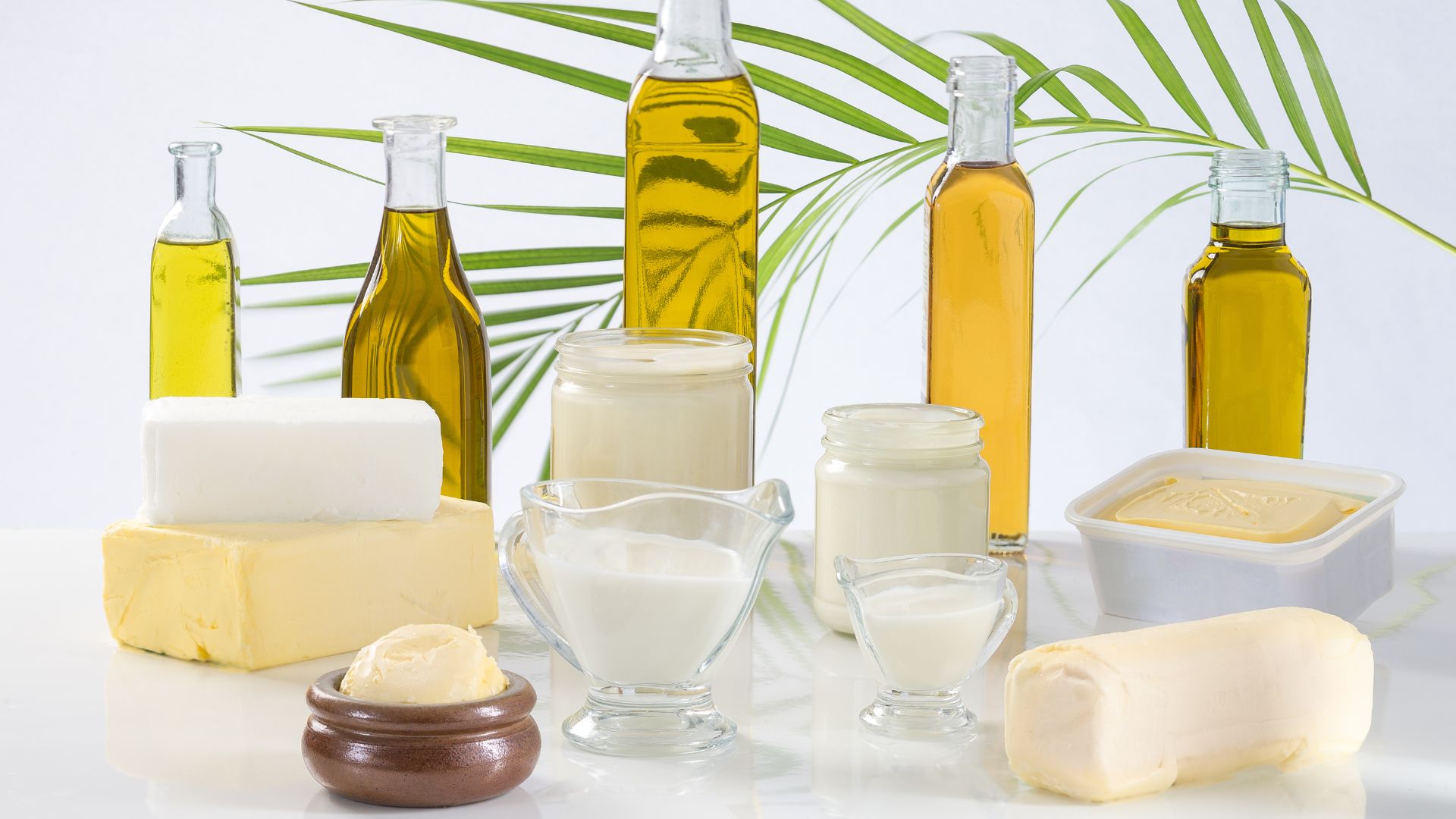
Which fatty acids are essential for my body?
The essential fats include alpha-linolenic acid (ALA) and linoleic acid. Our body cannot produce these two molecules itself because it lacks the enzymes to do so - this is where our diet comes in. We need the fatty acids to build our cell walls, among other things.
Linoleic acid is an omega-6 fatty acid and most people consume this in sufficient amounts through vegetable oils such as sunflower oil in their daily diet.
Alpha-linolenic acid is an omega-3 fatty acidwhich is mainly found in vegetable oils, which are not often part of many people's diet. One exception to this is the well-known rapeseed oil. It is used by the food industry in many products. Due to its omega-3 content, it is advisable to consciously choose foods containing rapeseed oil over sunflower oil, as this is generally found in large quantities in a large number of products anyway.
Practical tip: It is better to buy hummus based on rapeseed oil instead of sunflower oil, for example. A quick look at the list of ingredients provides clarity about the composition of the food.
Table: Foods with alpha-linolenic acid (ALA)
| Food | mg ALA per 100 gram |
| Linseed oil | 54800 mg |
| Hemp oil | 20000 mg |
| Walnut oil | 12000 mg |
| Rapeseed oil | 7800 mg |
| Wheat germ oil | 7800 mg |
| Sunflower oil | Less than 1%, but rich in linoleic acid |
Linseed oil has one of the highest ALA contents. No matter whether you refine your salad with some linseed oil or add it to a smoothie next to fruits:
Linseed oil is versatile and increases the nutritional quality of your fat intake. Because: not all fats are the same.
How are fats distinguished?
Before we look at the influence of certain fats on our health, we need to briefly understand what fats there are in the first place. In the first step, they can be divided into two categories: saturated fatty acids and unsaturated fatty acids. There are also other subgroups. What this looks like exactly is shown in the following graphic:
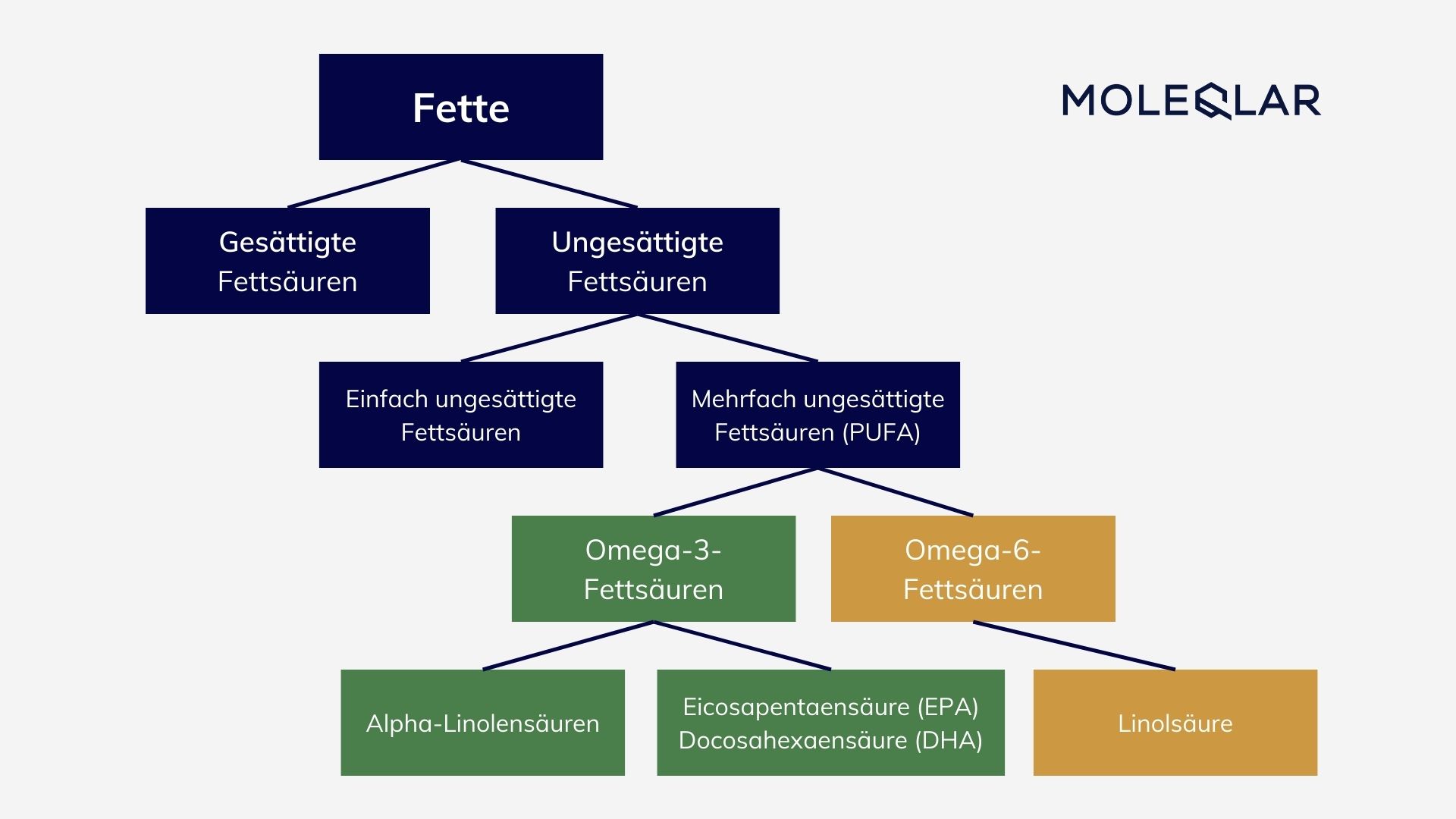
Saturated fatty acids
Saturated fatty acids have a high melting point and are hard at room temperature. Examples of this are fatty meat, coconut oil or butter. Eggs also have a high content. Saturated fatty acids have gained a bad reputation in nutritional science, which is why many professional associations recommend limiting their intake. Some studies show that a dietary pattern with low saturated fat intake is associated with a reduced incidence of cardiovascular disease. In addition, excessive consumption may increase LDL cholesterol in the blood. A link with inflammation has also been observed in some studies.
Monounsaturated fatty acids
Monounsaturated fatty acids ( MUFA) are mainly found in vegetable oils such as olive oil or canola oil. In addition, nuts and avocados are very rich. Studies show that eating one avocado a day, for example, increases the concentration of antioxidants in blood plasma and reduces the oxidation of LDL. This effect could also be related to other phytochemicals.
A 2020 study also showed that replacing saturated fat with monounsaturated fat improved hyperinsulinemia (elevated levels of insulin in the blood).
Polyunsaturated fatty acids
Polyunsaturated f atty acids ( PUFA) now include omega-3 (ALA, EPA, DHA) and omega-6 fatty acids (linoleic acid). The two long-chain omega-3 fatty acids eicosapentaenoic acid (EPA) and docosahexaenoic acid (DHA) should be emphasized in this category. There are now numerous studies that prove a health-promoting effect. Among other things, they contribute to the maintenance of normal heart function, normal blood pressure and a normal triglyceride concentration in the blood. DHA in particular contributes to the maintenance of normal brain function and vision.
In the food chain, these long-chain omega-3 fatty acids are primarily formed by algae and then consumed by fish, which causes the fatty acids to accumulate in the fish. Accordingly, you can ensure your DHA and EPA intake via an omega-3 rich algae oil without eating fish. You can measure your nutritional status in terms of long-chain omega-3 fatty acids using the omega-3 index.

Omega-3 index
To determine the omega-3 index, the individual concentration of EPA and DHA in the red blood cells is measured and their percentage of total fatty acids is calculated. The value should ideally be > 8%. Values below 4% are associated with an increased risk of cardiovascular disease. You can easily have your omega-3 index measured by your trusted doctor. If your value is very low, it may be advisable to adjust your diet or take a dietary supplement with DHA and EPA after consultation.
Longevity physician Peter Attia even aims for an omega-3 index of 12%. Other famous personalities from the field of longevity also rely on omega-3 fatty acids. From multi-millionaire Bryan Johnson to Harvard researcher David Sinclair and best-selling author Mark Hyman.
Supplementation is common because very few people have enough foods with a high DHA and EPA content in their diet. This primarily includes fish. However, due to the possible heavy metal contamination of fish and personal taste, many people refrain from eating it. A dietary supplement should therefore be considered to supply the body with these important fatty acids.
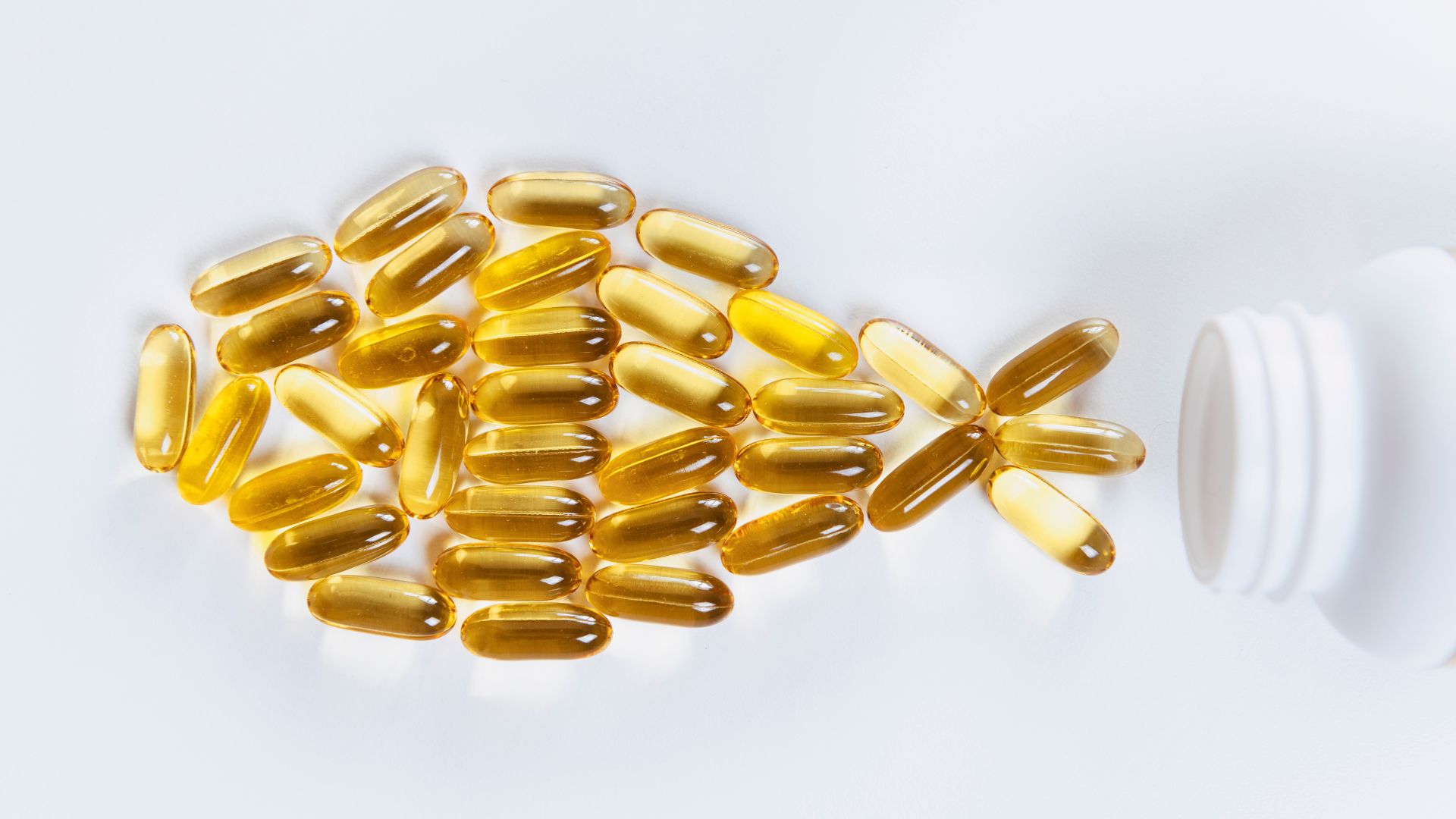
Conclusion
A healthy and balanced diet is the basic building block for the supply of essential nutrients. In addition to vitamins and minerals, you should also make sure you get enough of certain fatty acids to meet your needs. At the forefront are alpha-linolenic acid, linoleic acid and the long-chain omega-3 fatty acids docosahexaenoic acid (DHA) and eicosapentaenoic acid (EPA). The omega-3 index can also provide information on the supply of these long-chain omega-3 fatty acids.
Literature:
- Maki KC, Dicklin MR, Kirkpatrick CF. Saturated fats and cardiovascular health: current evidence and controversies. J Clin Lipidol. 2021 Nov-Dec;15(6):765-772. doi: 0.1016/j.jacl.2021.09.049. epub 2021 Oct 1. PMID: 34649831.
- Wang L, Tao L, Hao L, Stanley TH, Huang KH, Lambert JD, Kris-Etherton PM. A Moderate-Fat Diet with One Avocado per Day Increases Plasma Antioxidants and Decreases the Oxidation of Small, Dense LDL in Adults with Overweight and Obesity: A Randomized Controlled Trial. J Nutr. 2020 Feb 1;150(2):276-284. doi: 10.1093/jn/nxz231. PMID: 31616932; PMCID: PMC7373821.
- Ralston JC, Nguyen-Tu MS, Lyons CL, Cooke AA, Murphy AM, Falvey A, Finucane OM, McGillicuddy FC, Rutter GA, Roche HM. Dietary substitution of SFA with MUFA within high-fat diets attenuates hyperinsulinaemia and pancreatic islet dysfunction. Br J Nutr. 2020 Aug 14;124(3):247-255. doi: 10.1017/S0007114520000859. Epub 2020 Mar 3. PMID: 32122411.
- Swanson D, Block R, Mousa SA. Omega-3 fatty acids EPA and DHA: health benefits throughout life. Adv Nutr. 2012 Jan;3(1):1-7. doi: 10.3945/an.111.000893. epub 2012 Jan 5. PMID: 22332096; PMCID: PMC3262608.
- Kidd PM. Omega-3 DHA and EPA for cognition, behavior, and mood: clinical findings and structural-functional synergies with cell membrane phospholipids. Altern Med Rev. 2007 Sep;12(3):207-27. PMID: 18072818.
- Von Schacky C. Omega-3 index in 2018/19. Proc Nutr Soc. 2020 May 11:1-7. doi: 10.1017/S0029665120006989. Epub ahead of print. PMID: 32389149.
- Troesch B, Eggersdorfer M, Laviano A, Rolland Y, Smith AD, Warnke I, Weimann A, Calder PC. Expert Opinion on Benefits of Long-Chain Omega-3 Fatty Acids (DHA and EPA) in Aging and Clinical Nutrition. Nutrients. 2020 Aug 24;12(9):2555. doi: 10.3390/nu12092555. PMID: 32846900; PMCID: PMC7551800.
Graphics:
The images were purchased under licence from Canva.
